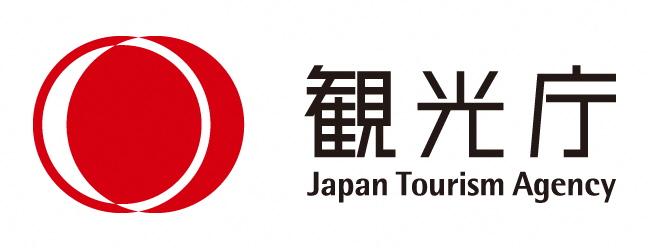NO 009
Shoro Bell Tower
歓喜院鐘楼
(250 words, Web + Pamphlet)
This bell tower stands near the entrance to the temple gardens. The large bronze bell within is struck with a suspended wooden beam and its sound can be heard throughout the surrounding town. The bell is struck in the morning and evening to mark the start and end of the day. Before modern alert systems, the bell played an important role in the community, and would be sounded to warn of impending disasters such as typhoons and floods. In a New Year’s Eve ceremony known as Joya no Kane, worshippers take turns to strike the bell in the run-up to midnight. The bell is struck 108 times to rid humanity of the 108 earthly temptations or vices, such as arrogance, cruelty, and greed. The ceremony is performed at temples throughout Japan.
The Shoro Bell Tower was first built in 1761, the year after the main hall was completed. A stone-and-concrete platform was added to raise the tower higher during the Taisho era (1912–1926). The bell tower is a Nationally Registered Tangible Cultural Property.
Shoro Bell Tower
歓喜院鐘楼
(250ワード、WEB + パンフレット)
歓喜院鐘楼は、庭園入口付近に建てられています。そこに納められている大きな青銅製の鐘を撞木(しゅもく)でたたくと、付近の町々にその音が響き渡ります。1日の始まりと終わりを告げるため、鐘は朝と夕に2度つきます。現代的な警報システムが開発される以前は、台風や洪水などの差し迫った災害の警告手段として、地域で重要な役割を果たしていました。除夜の鐘の大晦日には、夜中に向けて参拝者が順に鐘をつきます。傲慢・残虐・欲といった108の煩悩をとりはらうため、鐘は108回鳴らされます。除夜の鐘は日本各地の寺院で行われます。
歓喜院鐘楼は、本殿完成の翌年にあたる1761年に初めて建設されました。大正時代(1912年~1926年)には、鐘楼の位置を高くするため、石とコンクリートの基壇が追加されています。歓喜院鐘楼は登録有形文化財です。

- ※この英語解説文は観光庁の地域観光資源の多言語解説整備支援事業で作成しました。






